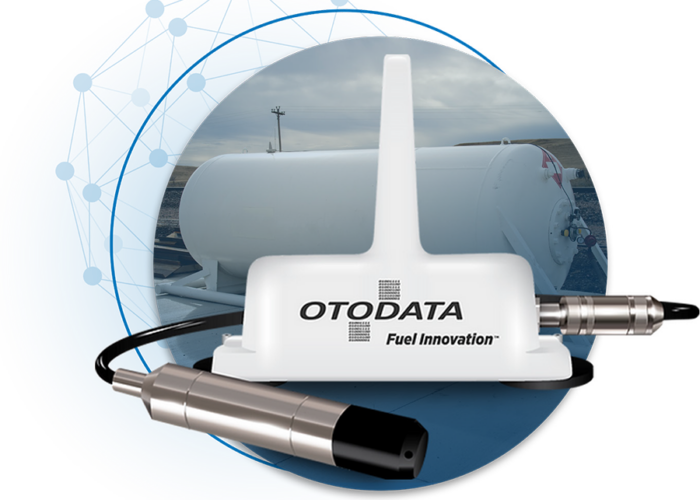To make it easier for companies leveraging LTE-M connectivity to maximize the useful life of their battery powered IoT devices, Aeris engineers have conducted extensive testing to determine how to configure power management modes for modules from major manufacturers. Today we are documenting that knowledge in a whitepaper.
The whitepaper provides a brief introduction to the two power management modes that are standard for LTE-M (known as PSM and eDRX) and provides instructions that developers can follow to configure the modes for cellular modules from major manufacturers such as Quectel, u-blox, and Telit. The whitepaper is designed to help firmware and software developers select the best power management mode for their application and enable the chosen mode on their devices.
The power saving features of LTE-M are well suited for applications requiring both cellular connectivity and battery power, such as asset tracking, remote patient monitoring, point of sale systems, home security, and smart cities.
For companies who have not yet deployed with LTE-M and are looking for options, the Aeris Intelligent IoT Network offers 2G, 3G, LTE and LTE-M coverage from 600 carriers in 190 countries globally. Aeris Intelligent IoT Network provides unparalleled visibility and control over your entire connected operation to help you optimize coverage, control costs, and deliver the highest possible quality of service for your customers.
To find out more about how Aeris can help with utilizing the LTE-M power management modes, download the whitepaper today.



